
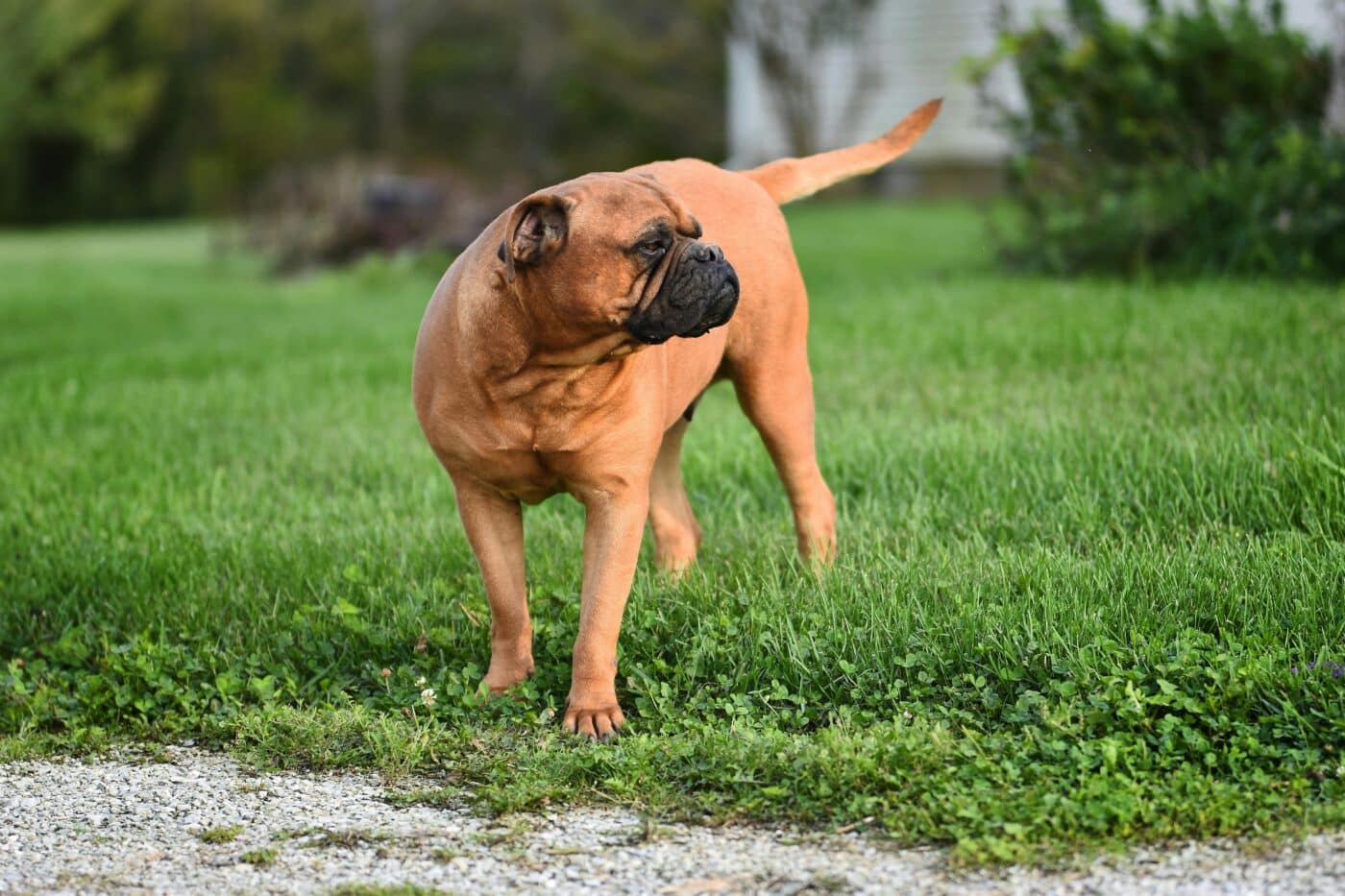 Shutterstock
Shutterstock
Have you ever watched your dog wag its tail or wiggle its whole body and wondered what it means? Dogs communicate primarily through body language, and understanding the subtle nuances of their movements can offer valuable insights into their emotions. While many people associate tail wagging with happiness, a wiggle can signify a wide range of feelings—from excitement and playfulness to fear or even submission. By learning to decode these signals, you can strengthen your bond with your dog and better understand their needs and desires.
Tail Wagging
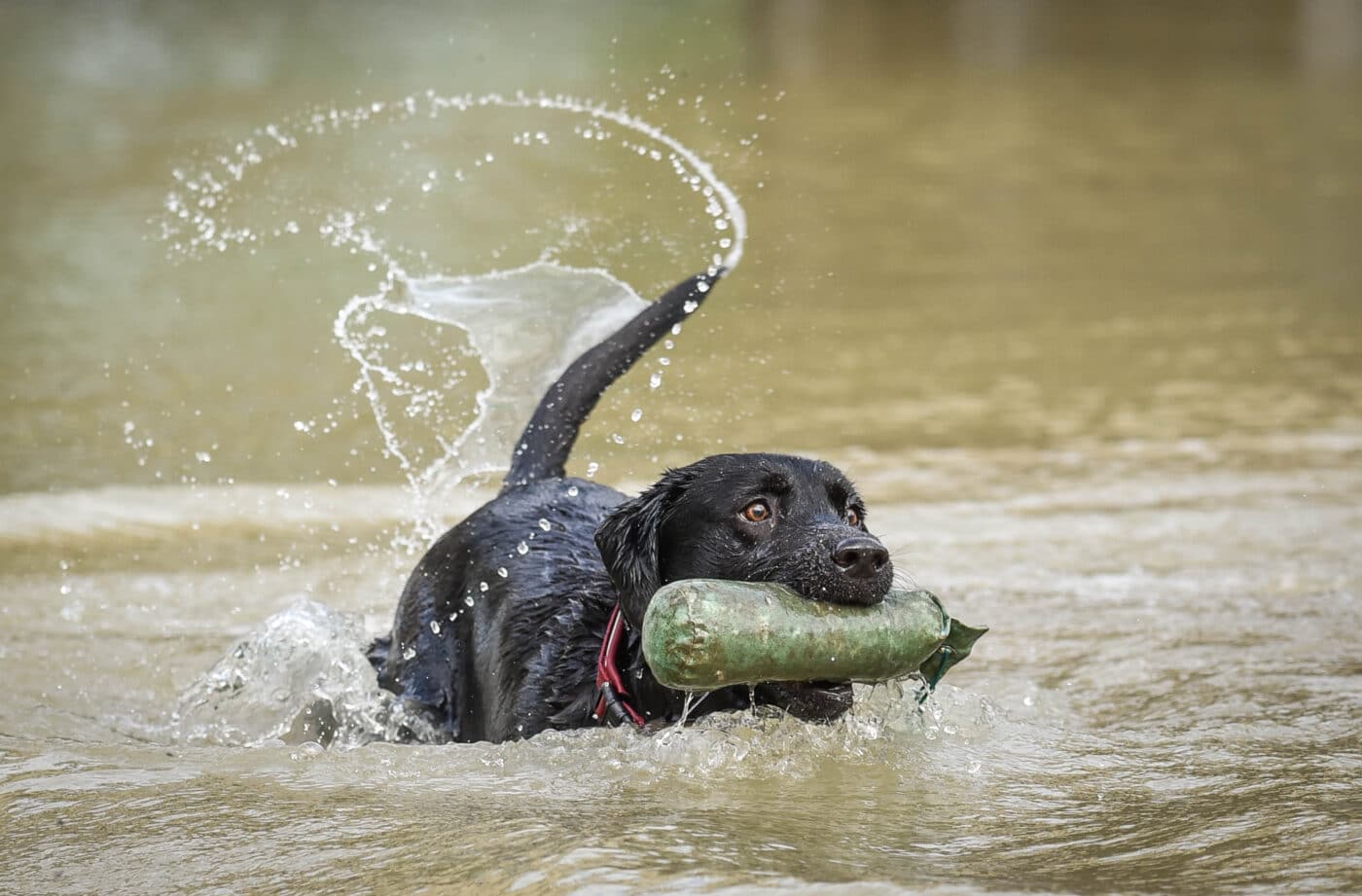 Shutterstock
Shutterstock
The tail is one of the most expressive parts of a dog’s body and can tell you a lot about how they’re feeling. While many people assume that a wagging tail always means happiness, this isn’t always the case. Dogs wag their tails in different ways to communicate different emotions. For example, a slow wag of the tail with a relaxed body usually means contentment or calmness, while a rapid, stiff wag often indicates excitement or anticipation. However, when a dog holds their tail low or tucked, it may signal fear, insecurity, or anxiety. The key to understanding tail wagging is observing the entire context: the position of the dog’s body, the speed of the wag, and what’s happening in the environment around them.
The “Butt Wiggle”
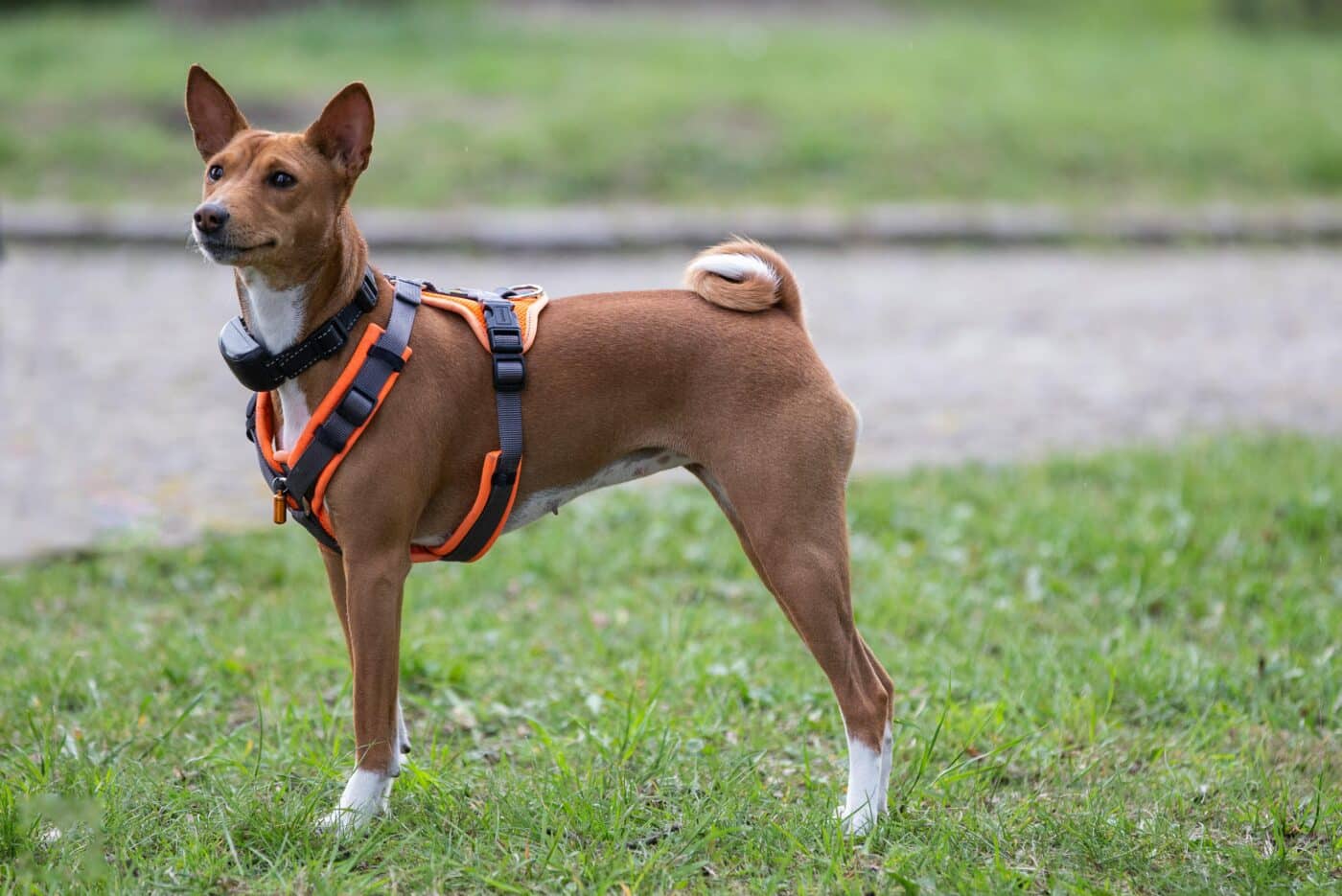 Shutterstock
Shutterstock
One of the most endearing sights in the dog world is the classic “butt wiggle,” often seen when a dog gets excited to see you or when they’re preparing to play. This behavior typically happens when a dog lowers their front end while keeping their rear elevated, a posture often accompanied by a wagging tail. The “butt wiggle” is a clear invitation to play, signaling joy and eagerness. But not all butt wiggles are about play. Sometimes, a dog will perform this move in response to a perceived threat, using it as a sign of submission or appeasement to avoid conflict. It’s a subtle way of saying, “I’m not a threat, I’m just here to have fun.”
Ears, Eyes, and Posture
 Shutterstock
Shutterstock
Dogs also communicate through their ears, eyes, and body posture. A dog’s ears can be a good indicator of their mood. Perked ears usually mean the dog is alert or interested in something, while ears pulled back may signal fear, anxiety, or submission. Eye contact is another powerful signal: wide eyes or dilated pupils indicate excitement or arousal while squinting or averting the eyes often signals calmness or submission. As for posture, a relaxed, loose body suggests that the dog is at ease, while a stiff, upright posture with a taut body can indicate tension, aggression, or dominance. Combining these physical cues with tail wagging and the overall context of the situation will give you a fuller understanding of your dog’s feelings.
Wiggles Can Mean Fear Too
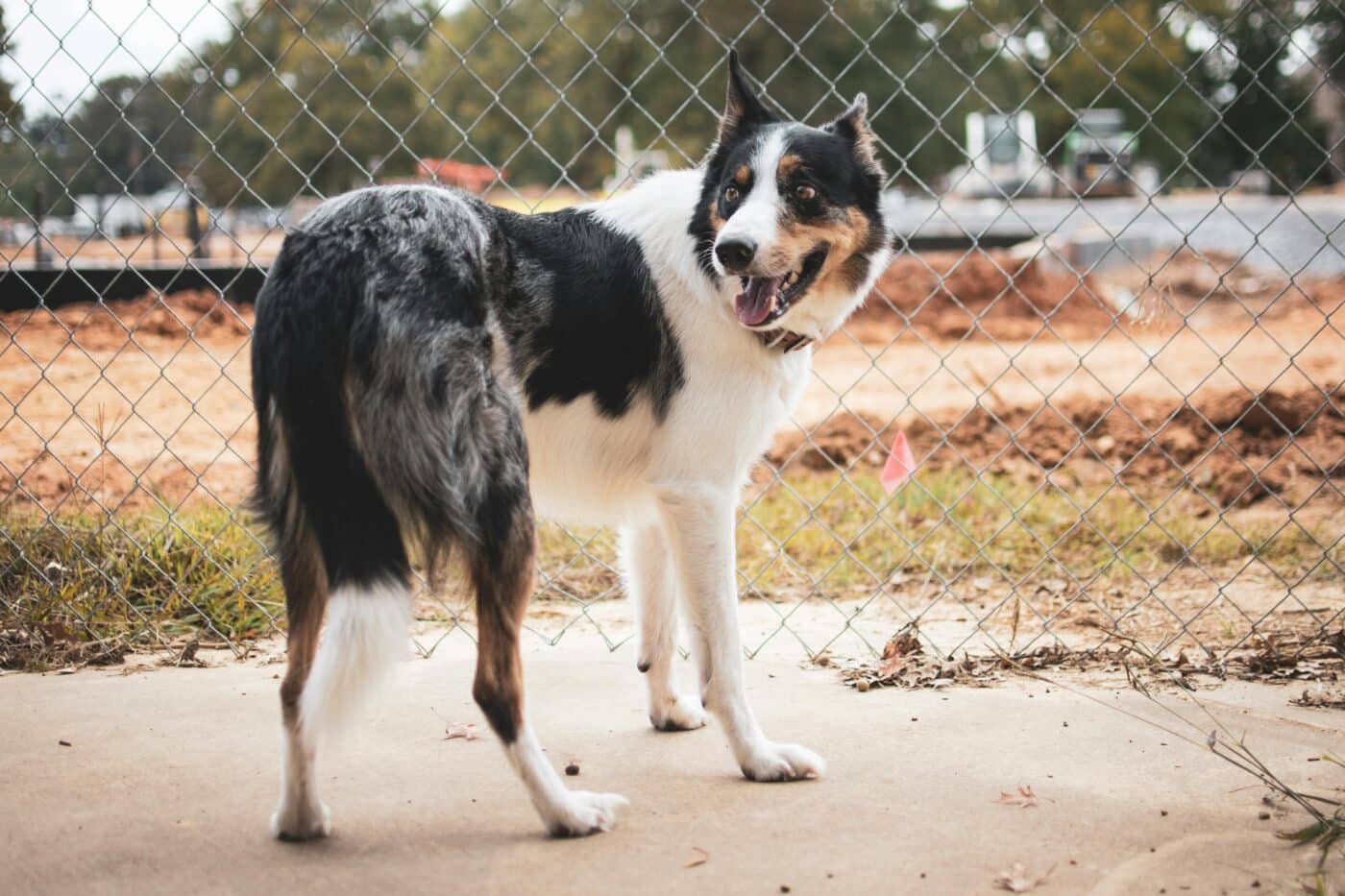 Shutterstock
Shutterstock
While a wagging tail often signals excitement or happiness, it can also be an indication of fear or discomfort. A dog that is unsure or anxious may wag their tail slowly or keep their body low to the ground, signaling that they’re not confident in the situation but are trying to show they are not a threat. These “fear wiggles” often occur when a dog encounters unfamiliar people, situations, or environments. Along with the tail movement, a fearful dog may exhibit other signs of anxiety, such as panting, pacing, or licking their lips. Recognizing these subtle signals can help you provide the comfort and reassurance your dog needs to feel safe.
The “Zoomies”
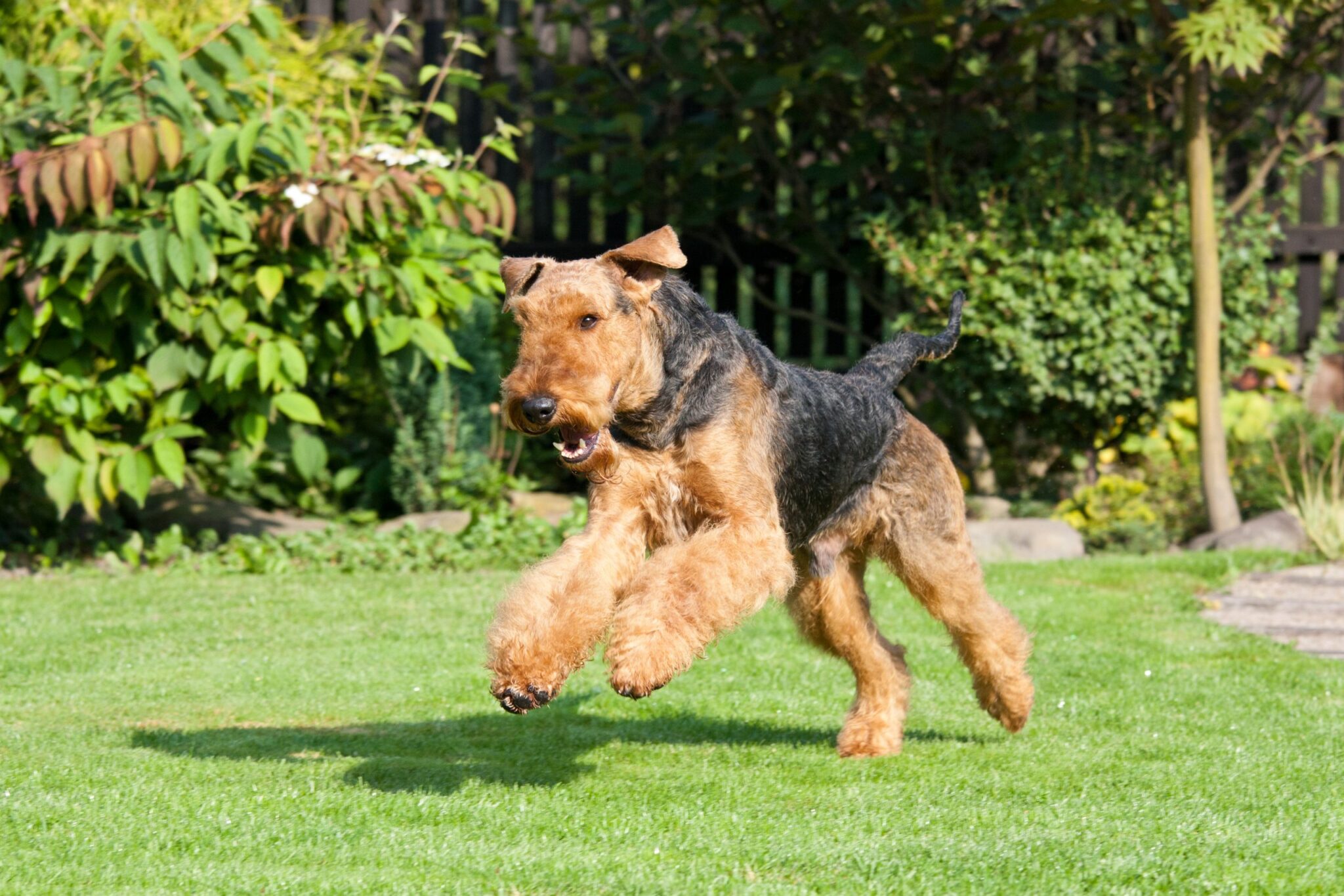 Shutterstock
Shutterstock
The “zoomies,” or Frenetic Random Activity Periods (FRAPs), are one of the most entertaining and energetic displays of excitement that dogs can exhibit. When a dog gets the zoomies, they’ll often begin running in circles or darting around the room with wild, uncoordinated movements, accompanied by lots of wiggling. This behavior is typically seen after a bath, a long walk, or a moment of high excitement. The zoomies are a great expression of joy, releasing pent-up energy, and are generally harmless. However, dogs with zoomies can sometimes become unpredictable in their movements, so it’s important to ensure they have plenty of space to run freely without knocking anything over or causing injury to themselves.
The Subtle Wiggle of Submission
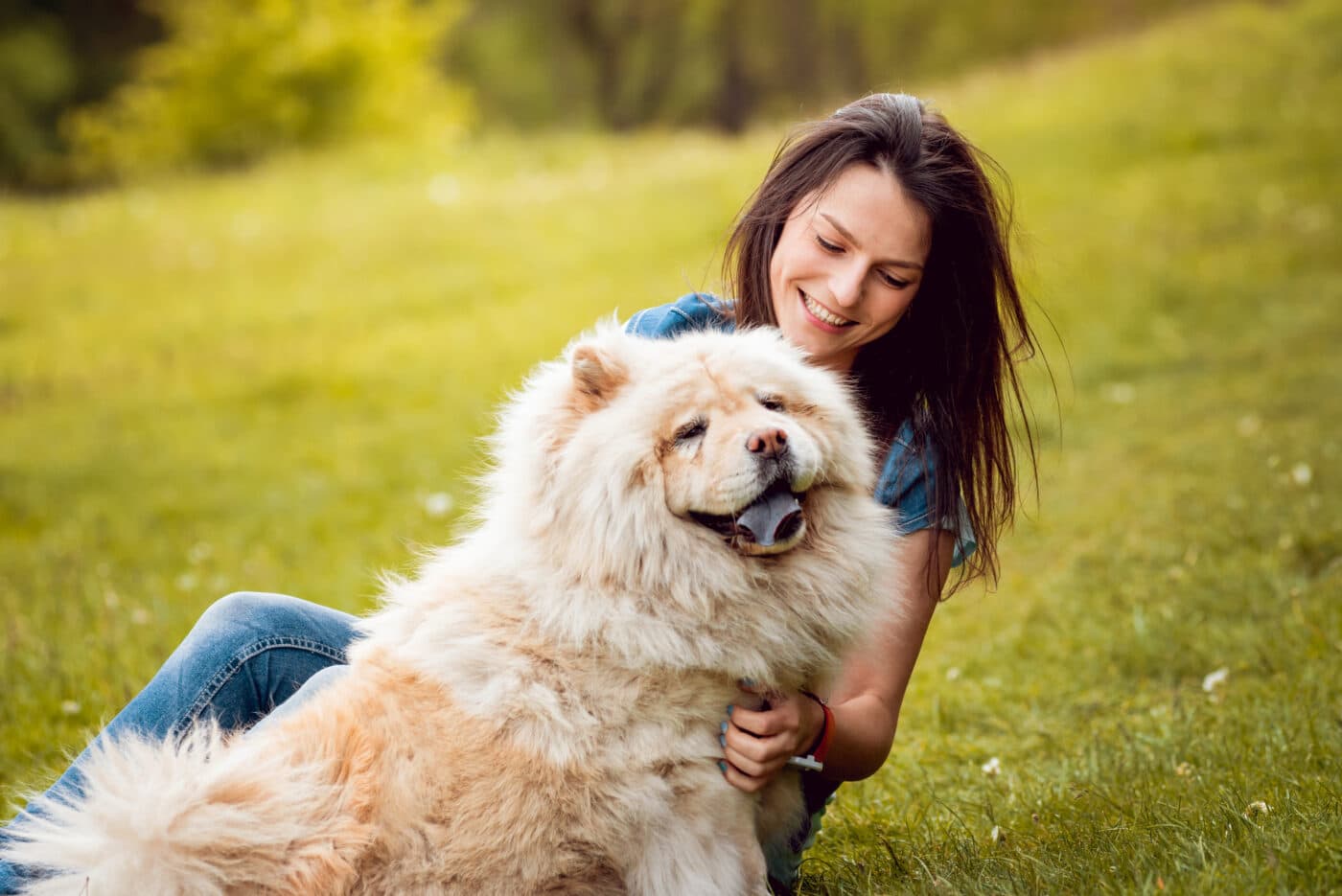 Shutterstock
Shutterstock
In the canine world, a subtle body wiggle can be a sign of submission. When a dog feels threatened by a more dominant dog or person, they may lower their body, wag their tail slowly, and avoid direct eye contact. This is a peaceful gesture to show they are not a threat and are deferring to the other dog’s authority. A submissive wiggle can also occur when a dog wants to signal that they’re ready to back down or disengage from a situation to avoid confrontation. It’s an important part of dog social dynamics and can help maintain harmony within the pack.
“The Wiggle of Love”
 Shutterstock
Shutterstock
The “wiggle of love” is one of the most heartwarming displays of affection from a dog. When a dog is overjoyed to see you, they may wiggle their entire body, accompanied by a fast-moving tail, jumping, and often licking. This is a clear sign of excitement and joy to be in your presence. These wiggles are the ultimate expression of affection, signaling that the dog is not only happy but also emotionally bonded to you. It’s their way of saying, “I’m so happy to see you, let’s spend time together!” This wiggle is often seen when you come home after being away, or when you offer your dog their favorite toy or treat.
The Paw Wiggle
 Shutterstock
Shutterstock
Sometimes, the wiggle doesn’t just come from the tail or body—it can also come from the paws! Some dogs will “wiggle” or shuffle their paws in excitement, often while jumping around or trying to engage their owners. This subtle movement is often an invitation to play or a way to get attention, especially if they’re trying to nudge you for a belly rub or to initiate a game. Paw wiggling is typically seen in dogs who are very engaged or enthusiastic, showing that they want to interact with you in a fun, playful way. It can also be a way for dogs to show affection or express their need for some one-on-one time with their favorite person.
Wiggle, Wiggle, Woof!
 Shutterstock
Shutterstock
Dogs have a way of telling us exactly how they feel without saying a single word—it’s all in the wiggle!. By paying close attention to the way your dog wiggles, you can better understand their emotions and respond appropriately to their needs. These wiggly gestures offer a delightful glimpse into the rich emotional world of your canine companion. So the next time your dog gives you a wiggle, take a moment to appreciate what they’re trying to say—they might just be telling you they love you!

